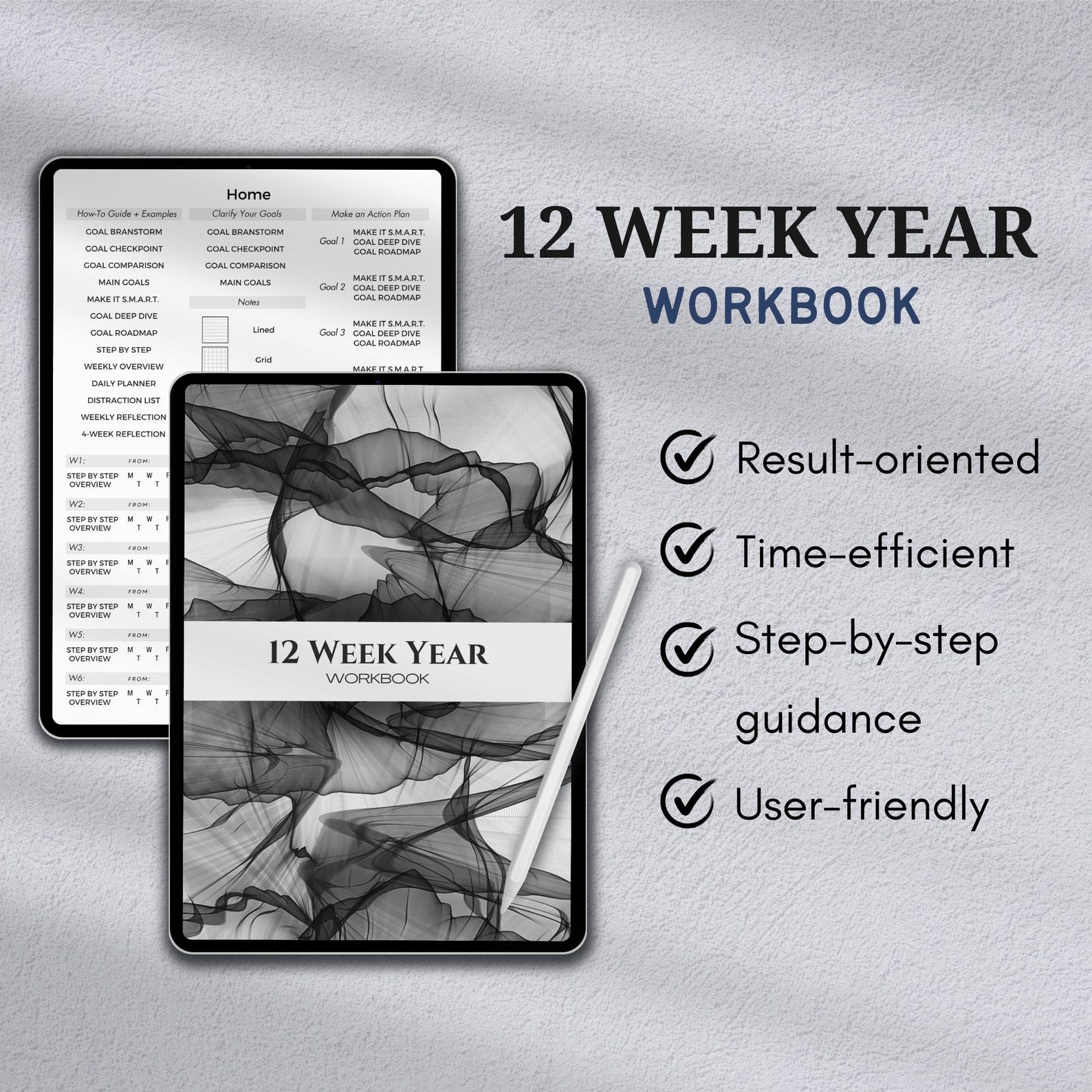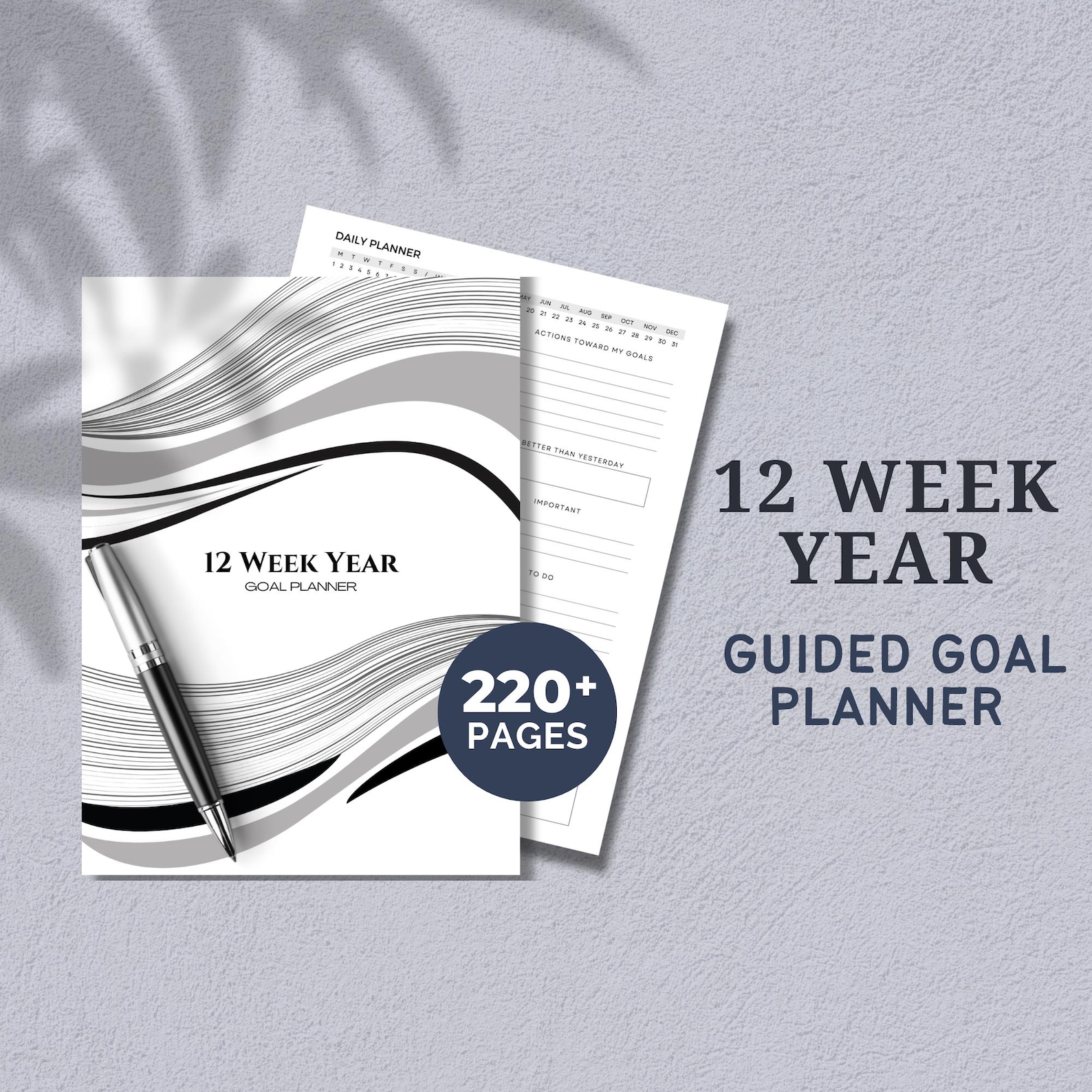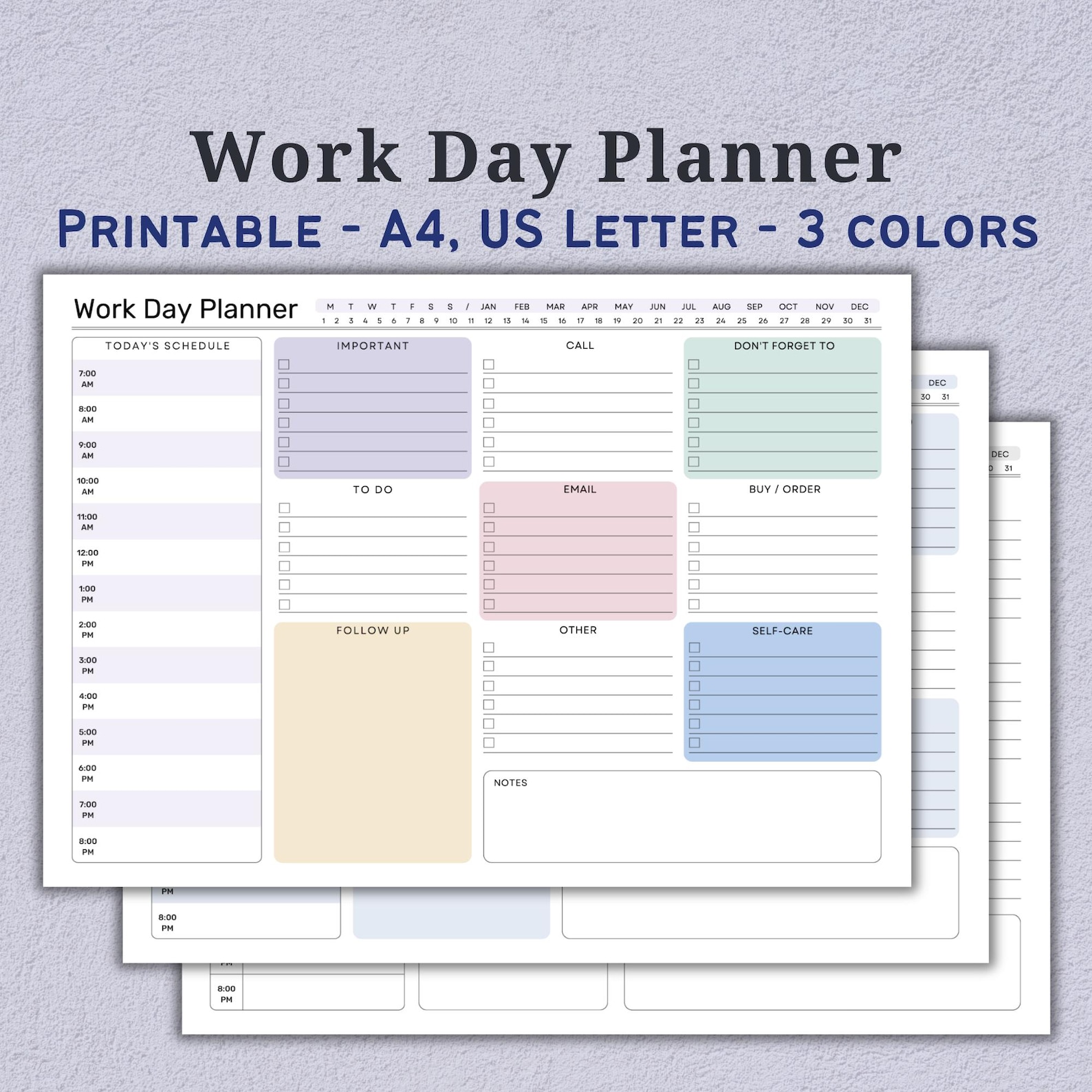You’re working out, eating clean, tracking your meals — doing all the “right” things.
You’re putting in the effort, staying consistent, and following the advice you’ve been told will lead to results.
So why does it feel like your body isn’t changing?
Here’s the truth most fitness advice doesn’t talk about: some so-called “healthy” habits can actually backfire. These habits look healthy. They even feel productive. But they might be keeping your body stressed, inflamed, and in “survival mode,” which makes your body more likely to hold onto fat (especially around the belly), crave more food, and resist change — no matter how hard you’re working.
This doesn’t mean you’re doing anything wrong — you’re just missing the full picture. Let’s break down 5 common habits that seem healthy(and are probably praised on social media)… but might actually be sabotaging your fat loss without you realizing it — and what to do instead to feel lean, strong, and in control again.
Habit 1: Doing Too Many High-Intensity Workouts
You’ve probably heard it a million times: “the more you sweat, the more fat you burn”. So, you go all in — HIIT classes, bootcamps, spin sessions, maybe even two-a-days. You sweat buckets, push yourself hard, and think: “This has to be working, right?”
But then… the scale’s stuck, your energy’s crashing, and you're craving junk more than ever.
And this is because more intensity doesn’t always equal better results. In fact, doing high-intensity workouts every day can actually make fat loss harder.
Because too much intense exercise puts your body under constant stress. That stress triggers a hormone called cortisol — which isn’t bad in small amounts, but when it's elevated all the time, it becomes a problem.
High cortisol can:
Make your body hold onto fat, especially around the belly
Cause bloating and water retention
Increase cravings, especially for carbs and sugar
Disrupt your sleep and recovery
Break down muscle tissue, which slows down your metabolism
Over time, this high-stress state can stall your metabolism, tank your energy, and actually make it harder to lose fat — especially for women or individuals already juggling work stress, poor sleep, or under-eating.
More isn’t better — smarter is.
What to Do Instead:
You don’t have to stop working out — just shift the focus to balance and recovery. Your body will actually respond better when you give it time to rest and rebuild. Here’s how:
✅ Bodyweight Train 3–4 Days a Week
Focus on building lean muscle with bodyweight training and lighter resistance workouts. Muscle boosts your metabolism, helps shape your body, and supports long-term fat loss.
✅ Limit HIIT to 1–2 Times per Week
Use it as a finisher or quick energy boost — not your daily routine. Your body will benefit more from less frequency but better quality effort.
✅ Do gentle, Low-Impact Movement on Off Days
Think walks, light yoga, stretching, or mobility work. These activities help reduce stress, support fat loss, and improve recovery without overloading your system.
✅ Take 1–2 Full Rest Days Each Week
Rest isn’t being lazy — it’s when the magic happens. Your muscles repair, hormones reset, and your body becomes more efficient at burning fat.
✅ Prioritize Sleep Like It’s a Workout
7–9 hours of quality sleep is one of the most powerful fat loss tools you have. Poor sleep increases hunger hormones and slows recovery.
Remember, fat loss isn’t about how hard you can go — it’s about creating an environment where your body feels safe to let go of excess fat.
Habit 2: Lifting Heavy to “Burn More Fat” (Especially for Women)
We’ve all heard it: “If you want to lose fat, you’ve got to lift heavy weights!”
And yes — strength training is incredibly effective for fat loss. But for many women, lifting too heavy, too often can have the opposite effect of what they actually want.
If your goal is to look lean, toned, and feminine — not big or bulky — then training like a bodybuilder or powerlifter might not give you the look you’re after.
Here’s why lifting too heavy can work against you:
It can make your body feel “puffy” or inflamed, especially if recovery and nutrition aren’t dialed in
You might build mass faster than you lose fat, leading to a thicker look instead of a lean one
Heavy lifting stresses the body, raising cortisol, which causes water retention, bloating, and fatigue
Your workouts may feel draining, and other helpful movement (like walking or mobility) gets pushed aside
Of course, some women love the strong, muscular look — and that’s totally valid! But if you’re lifting heavy and wondering why you don’t feel leaner or more defined, this could be why.
What to Do Instead:
You can absolutely sculpt a toned, fit body without lifting heavy barbells. In fact, using bodyweight, light dumbbells, resistance bands, pilates, or functional movement can be more effective for fat loss and body shaping — especially for women who want a leaner look. Here’s what works:
✅ Bodyweight Workouts
Push-ups, squats, lunges, planks — these classics build strength, tone muscles, and improve endurance without adding bulk. Bonus: you can do them anywhere.
✅ Light Weights + High Reps
Using dumbbells in the 2–10 lb range with controlled, high-rep movements can sculpt arms, legs, and abs beautifully. You’re building lean muscle, not size.
✅ Resistance Bands
Glute bands, long loop bands, and mini bands are amazing for activating muscles, improving posture, and targeting trouble areas (like thighs and hips) without strain on your joints.
✅ Pilates & Barre-Style Training
These workouts focus on lengthening, toning, and core control — helping you build a tighter, more defined silhouette without bulk. They also improve posture, mobility, and body awareness.
✅ Walk More + Stay Active Daily
Walking is incredibly underrated. It lowers cortisol, supports fat burning, and helps you stay lean — especially when paired with light strength training.
Habit 3: Obsessively Tracking Macros
Tracking your macros — protein, carbs, and fat — can be a useful tool for learning about food. But when it becomes a full-time job or a source of stress, it can do more harm than good.
Let’s be honest — constantly weighing every bite, logging every meal, and calculating your ratios down to the gram might feel “disciplined,” but it can easily turn into obsession, anxiety, and burnout.
Here’s what happens when macro-tracking goes too far:
You start ignoring your body’s natural hunger and fullness cues
You become more focused on numbers than on how food actually makes you feel
It can trigger disordered eating patterns or perfectionism around food
You may choose foods that “fit your macros” but leave you feeling bloated, unsatisfied, or emotionally drained
Eating out or enjoying food socially becomes stressful — or you avoid it altogether
Over time, this disconnect can actually stall fat loss, increase cravings, and make it harder to stay consistent long-term.
What to Do Instead:
Macro tracking has its place, especially if you're learning about nutrition or working toward a specific goal. But it shouldn't become your identity. Here’s how to take a healthier, more empowering approach to eating:
✅ Use Macro Tracking as a Short-Term Guide
Think of it as training wheels — it helps you learn about portions and food balance, but you’re not meant to use it forever. A few weeks is often enough to build awareness.
✅ Focus on Balanced, Whole-Food Meals
Aim for simple structure: protein + fiber-rich carbs + healthy fats + veggies. You don’t need an app to tell you what that looks like.
✅ Practice Portion Awareness
Use visual cues like “a palm of protein” or “a thumb of fat.” You’ll stay on track without obsessing over grams.
✅ Listen to Your Body
Notice when you're hungry, full, satisfied, or still emotionally eating. That awareness is more powerful than any tracker.
✅ Ditch the All-or-Nothing Mentality
You don’t need to hit your macros perfectly to make progress. Close enough is usually good enough — especially for fat loss.
✅ Enjoy Food Flexibly
You can lose fat and feel amazing without tracking every bite. Learning to eat mindfully and trust yourself is a skill that lasts for life.
The goal isn’t to eat like a robot — it’s to fuel your body, enjoy food, and feel confident in your choices without relying on apps, scales, or numbers forever.
Habit 4: Cutting Out “Bad” Foods
You’ve probably heard that if you want to lose fat, you need to cut out sugar, carbs, bread, dairy, wine, chocolate… basically anything you actually enjoy. So you start eliminating all the “bad” foods, thinking that extreme restriction = faster results. But instead of feeling lighter and more in control, you start feeling…
Deprived and frustrated
Obsessed with food — especially the things you’re trying to avoid
Binge-y on weekends or at night, after trying to be “perfect” all day
Guilty or ashamed after eating something “off-plan”
Confused about what’s actually okay to eat
Sound familiar?
Here’s the truth: labeling foods as “good” or “bad” creates a toxic cycle that can actually keep you stuck. You might lose a little weight short-term, but it’s rarely sustainable — and it often leads to yo-yo dieting, emotional eating, and a damaged relationship with food.
What to Do Instead:
You don’t need to cut out entire food groups to lose fat. In fact, giving yourself permission to enjoy all foods in moderation can make it easier to stay consistent and see real progress. Here’s how to make peace with food while still reaching your goals:
✅ Focus on Adding, Not Just Avoiding
Instead of obsessing over what to cut, focus on what to add: more water, more fiber, more colorful veggies, more lean protein. You’ll naturally crowd out less nutritious foods — without the restriction mindset.
✅ Practice the 80/20 Approach
Eat nourishing, whole foods most of the time (about 80%) and enjoy treats or comfort foods the other 20% — without guilt. One cookie won’t ruin your progress, just like one salad won’t fix everything.
✅ Ditch the “Cheat Meal” Mentality
Food isn’t something you need to earn or feel bad about. Call it what it is — a meal. Enjoy it, move on, and trust your body to stay in balance.
✅ Learn to Enjoy Treats Mindfully
Have the chocolate. Eat the pizza. But slow down, taste it, and stop when you’re satisfied. This is how you break the binge–restrict cycle for good.
✅ Listen to How Foods Make You Feel
Instead of labeling foods “bad,” ask: Does this energize me? Make me feel bloated? Help me stay full? Let your body guide you, not food rules.
Habit 5: Eating Way Too Little
If you’ve ever thought, “I just need to eat less to lose weight,” you’re not alone.
It’s a common belief — and it sounds logical. So you slash your calories, skip meals, cut out snacks, and survive on coffee and willpower… expecting the fat to melt off.
But instead, you feel:
Tired and irritable
Hungry all the time
Craving sugar or carbs like crazy
Bloated and inflamed
Stuck — the scale won’t budge, or you lose weight and gain it all back
Here’s the truth: Eating too little can actually keep your body from letting go of fat.
When your calories drop too low (especially for long periods), your body goes into survival mode. It starts holding onto fat, slowing down your metabolism, and breaking down muscle to conserve energy. This is the exact opposite of what you want.
And for women especially, extreme dieting can also mess with:
Hormones (hello, mood swings and irregular periods)
Sleep and energy
Hair, skin, and digestion
Your relationship with food and your body
What to Do Instead:
Yes, you need a calorie deficit to lose fat — but not a starvation plan.
Fat loss works best when your body feels safe, nourished, and supported — not panicked and deprived. Here’s a smarter, more sustainable approach:
✅ Eat Enough to Support Your Lifestyle
You should have enough energy to move your body, work, think clearly, and still feel satisfied after meals. A small, gentle calorie deficit (think: 200–400 fewer calories a day) is plenty.
✅ Prioritize Protein & Fiber
These two nutrients help keep you full, support lean muscle, and keep cravings in check. Think lean meats, eggs, Greek yogurt, beans, and lots of colorful veggies.
✅ Don’t Skip Meals
Skipping meals slows your metabolism and increases the chances of overeating later. Regular, balanced meals = more stable energy and better fat-burning.
✅ Fuel Your Workouts, Don’t Starve Through Them
If you’re exercising, you need food — especially carbs. Otherwise, you’re just stressing your body more and stalling recovery.
Undereating might give you quick results short-term, but it almost always leads to burnout, rebound weight gain, and feeling worse in your own body.
The goal isn’t to eat less and less — it’s to eat just enough to feel great, move well, and let your body work with you.
If these habits sound familiar, don’t panic. Awareness is the first step — and you’ve already taken it.
Your body is capable of amazing change when you give it the right kind of support.
Small shifts add up. You don’t need to fix everything at once — just start with one habit, one decision, one day.






.png)
.png)

.png)







.png)


0 Comments